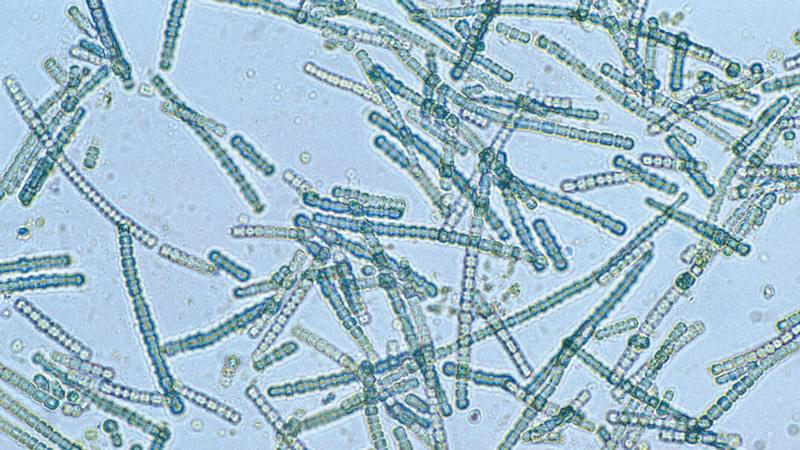4 ocean climate facts
Part of:
Convex Seascape SurveyLearn more about how the ocean and climate are connected.
 Flickr / iancarroll
Flickr / iancarroll
About a quarter of global carbon emissions from human activity have been absorbed by the ocean.
It is estimated that the ocean has absorbed 25% of the carbon emissions from human activities. This has helped to reduce carbon in the atmosphere, but by adding more carbon dioxide to the ocean we are changing its chemistry and harming marine life.
 NASA
NASA
There is 44 times as much carbon in the ocean compared to the atmosphere.
Figures from the IPCC Sixth Assessment Report show that there are 38,873 GtC (gigatonnes of carbon) in the ocean and 870 GtC in the atmosphere. Both of these figures have increased from pre-industrial levels of 38,700 GtC in the ocean and 591 GtC in the atmosphere. Find out more about the ocean, carbon, and climate in this infographic gallery.
 Wikipedia / Arturo de Frias Marques
Wikipedia / Arturo de Frias Marques
Most of the heat from global warming is absorbed by the ocean.
It is estimated that 93% of the warming from manmade climate change has been absorbed by the ocean. The top few metres of the ocean hold the same amount of heat energy as the entire atmosphere.
 CSIRO
CSIRO
About half of the primary production (photosynthesis) takes place in the ocean.
There are many different estimates, but most have the amount of oxygen produced on land and in the ocean at about the same level. Most of the oxygen currently produced in the ocean is used up within the ocean. This means that the oft-quoted mantra that half of the oxygen we breathe is produced by the ocean is not correct. See this article for a breakdown of the science behind oxygen in the atmosphere.